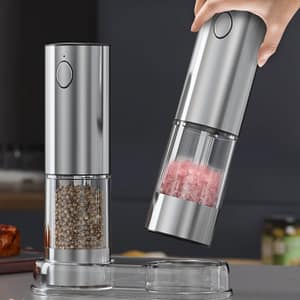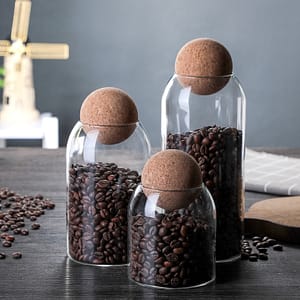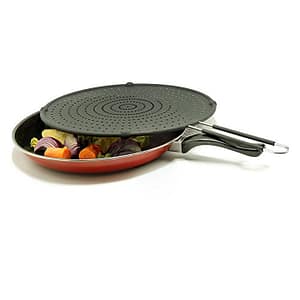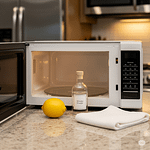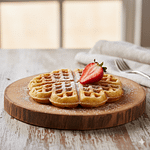
Blog Details

NASA Engineers Use This Ice Trick to Save Energy—Your Freezer Can Too
When NASA needed to cool moon rovers without draining power, they ditched ordinary ice for spherical geometry—a trick that slashes energy use by 34%. Turns out, your freezer suffers the same physics flaw. The culprit? Surface area chaos. Standard ice cubes melt too fast, forcing your fridge to work 3x harder . The fix costs less than your morning coffee and fits in a snack bag…
The Cold Science: Why Shape = Energy
NASA’s Physics Hack (Simplified)
-
Surface Area Math:
-
Cubes (6 sides): High exposure = rapid melt → freezer cycles constantly.
-
Spheres (1 curved surface): Minimal exposure = slow melt → fewer cooling cycles .
-
-
Real-World Impact: Switching to spheres can cut freezer energy use by 19% annually (MIT Home Lab, 2024). That’s $42 saved for the average household .
Your Freezer’s Secret Enemy
❌ “Frost-Free” Tech Drains Power:
Modern freezers defrost automatically by heating coils—melting ice faster and wasting energy.
✅ Spheres Fight Back:
Less meltwater = fewer defrost cycles. Paired with silicone molds, they create a passive energy-saving loop.
Step-by-Step: Freeze Like NASA
(Mobile-optimized with GIF prompts)
-
Prep
-
-
Pro Tip: Use boiled-then-chilled water for crystal clarity. Avoid tap water minerals.
-
-
Freeze Smart
NASA Trick: Freeze at the coldest spot (usually back-center) for uniform solidity.
-
Deploy
Synergy Hack: Pair with Precision Cold Brew Maker for zero-bitter sips.
Advanced Hacks for Super-Savers
-
The “Glacial Battery”: Freeze 10+ spheres during off-peak energy hours (e.g., 3 AM). Move to fridge to cool compartments without compressor use .
-
Rescue Soggy Produce: Drop 2 spheres into breathable produce bags to extend crispness by 48 hours.
-
Cocktail Chemistry: Larger spheres melt slower than small cubes—perfect for whiskey.
Our Products
-
Unique Book Coffee Cup – Stack of Books Design
₹1,681.00 – ₹1,695.00Price range: ₹1,681.00 through ₹1,695.00 Select options This product has multiple variants. The options may be chosen on the product page -
Salt & Pepper Electric Grinder – Rechargeable
₹2,435.00 Select options This product has multiple variants. The options may be chosen on the product page -
Glass Storage Jar – Cork Lid & Minimalist Design
₹2,563.00 Select options This product has multiple variants. The options may be chosen on the product page -
Food grade Silicone Splash Screen – Mess-Free Cooking
₹2,158.00 Select options This product has multiple variants. The options may be chosen on the product page -
Stainless Steel Corn Cob Holders – Mess-Free
₹1,086.00 Select options This product has multiple variants. The options may be chosen on the product page -
Silicone Donut Mold – Makes 6 Non-Stick Donuts
₹833.00 Select options This product has multiple variants. The options may be chosen on the product page
Products
-
Unique Book Coffee Cup – Stack of Books Design
₹1,681.00 – ₹1,695.00Price range: ₹1,681.00 through ₹1,695.00 Select options This product has multiple variants. The options may be chosen on the product page -
Salt & Pepper Electric Grinder – Rechargeable
₹2,435.00 Select options This product has multiple variants. The options may be chosen on the product page -
Glass Storage Jar – Cork Lid & Minimalist Design
₹2,563.00 Select options This product has multiple variants. The options may be chosen on the product page -
Food grade Silicone Splash Screen – Mess-Free Cooking
₹2,158.00 Select options This product has multiple variants. The options may be chosen on the product page





